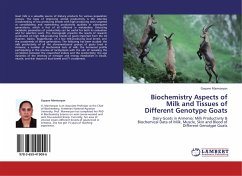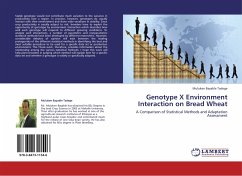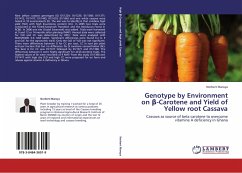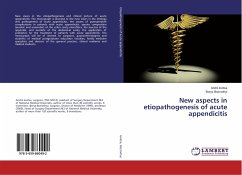
Biochemistry Aspects of Milk and Tissues of Different Genotype Goats
Dairy Goats in Armenia: Milk Productivity & Biochemical Data of Milk, Muscle, Skin and Blood of Different Genotype Goats
Versandkostenfrei!
Versandfertig in 6-10 Tagen
36,99 €
inkl. MwSt.

PAYBACK Punkte
18 °P sammeln!
Goat milk is a valuable source of dietary products for various population groups. The basis of improving animal productivity is the selective crossbreeding of low producing breeds with high producing ones targeted at consolidating and maintaining productivity qualities in subsequent generations, which is first of all reflected in metabolism. Detecting metabolic parameters of productivity can be useful for both its evaluation and for selection work. The monograph presents the results of research conducted on high milk-producing breeds of goats imported from the US (Saanen, Alpine, Toggenburg), ...
Goat milk is a valuable source of dietary products for various population groups. The basis of improving animal productivity is the selective crossbreeding of low producing breeds with high producing ones targeted at consolidating and maintaining productivity qualities in subsequent generations, which is first of all reflected in metabolism. Detecting metabolic parameters of productivity can be useful for both its evaluation and for selection work. The monograph presents the results of research conducted on high milk-producing breeds of goats imported from the US (Saanen, Alpine, Toggenburg), on a low milk-producing local breed, and the crossbreeds of three generations. The following has been studied: the milk productivity of all the aforementioned groups of goats bred in Armenia; a number of biochemical tests of milk; the hormonal profile participating in the process of lactopoiesis with the aim of revealing the correlation between the researched indices and the productivity; the age dynamics of the intensity of nitrogen and energy metabolism in blood, muscle, and skin tissues of local breed and F1 crossbreeds.












